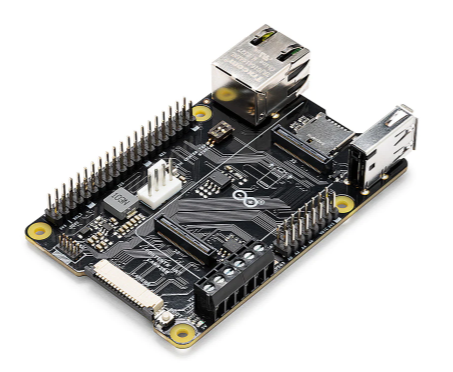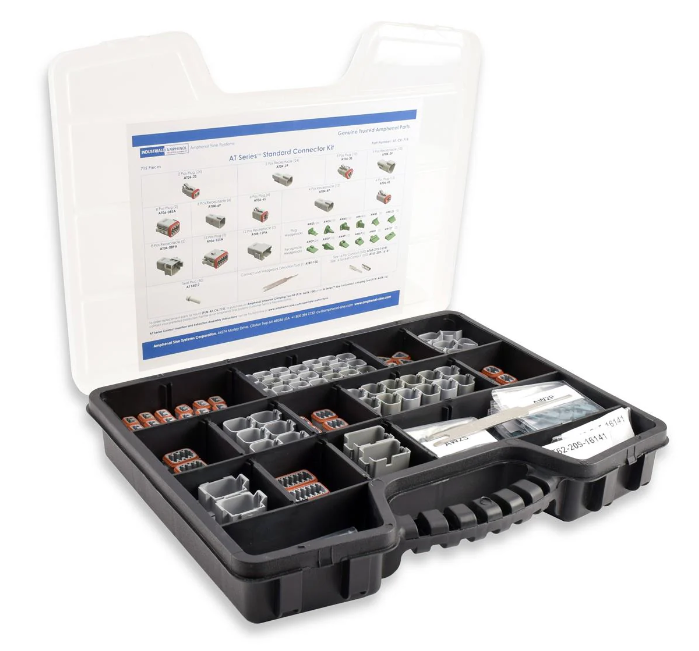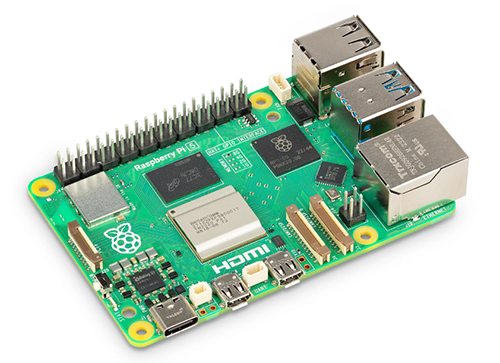 Aerospace & Defence
Aerospace & Defence
Agreement to bring research vehicle to Mars' surface
A contract on manufacturing civil products for space industry for the amount of 250m rubles (£3.5m) has been signed between the leading company of the concern 'RT-Chemcomposite', part of Rostec State, Obninsk SPE 'Technologiya' and Lavochkin Research and Production Association. The contract implies the participation of Romashin Obninsk SPE 'Technologiya' in the international project 'Ekzo Mars-2020'. The document was signed on 10th Apr...
Knowles to exhibit range of Space Heritage products at Space Tech Expo
To coincide with Space Tech Expo, taking place in Pasadena, California, on May 23rd to 25th, Knowles Capacitors has produced a shortform capability guide outlining their range of Space Heritage products.
Emigration to Mars – the next giant leap for mankind?
Australia, France or … Mars? When considering a place to emigrate to, the red planet might not feature very highly in your list, but according to a YouGov survey commissioned for BBC Radio 4's Mars Week, more than one in ten of Brits would accept a one-way ticket there. Yes, you read that correctly – because the Mars One mission is looking to colonise Mars, the first voyagers will not be able to return back to Earth.
Finding a planet 3,000 light years away from Earth
Yale astronomers have discovered a "lost" planet that is nearly the size of Neptune and tucked away in a solar system 3,000 light years from Earth. The new planet, Kepler-150 f, was overlooked for several years. Computer algorithms identify most such "exoplanets," which are planets located outside our solar system. The algorithms search through data from space mission surveys, looking for the telltale transits of planets orbiting in front of...
Improving aerospace fabrication with flexibility
Now a tired and tested method for securing fixtures and jigs used in aircraft construction, clamping pins enable quick and easy loading and unloading of large parts. However, in their traditional designs they are not without flaws, which prompted WDS Component Parts to use its workholding expertise to look for improvements. Phil Holyome, Business Development and Special Projects Engineer at WDS Component Parts, elaborates on the process...
ESCC has selected AEM's solid body fuses
The European Space Components Coordination (ESCC) body has selected AEM's FM12 line of solid body fuses for inclusion in the European Preferred Parts List (EPPL). The FM12 series fuses, also included on the Defense Logistics Agency Qualified Products List (QPL), are intended for use in a wide variety of aerospace applications that require the highest level of reliability.
Giant magnetic fields in the universe
Astronomers from Bonn and Tautenburg in Thuringia (Germany) used the 100-m radio telescope at Effelsberg to observe several galaxy clusters. At the edges of these large accumulations of dark matter, stellar systems (galaxies), hot gas, and charged particles, they found magnetic fields that are exceptionally ordered over distances of many million light years. This makes them the most extended magnetic fields in the universe known so far.
Rework costs halved with urethane-filled gaskets
An advanced range of urethane-filled expanded aluminium gaskets have been developed by Parker Chomerics, and is able to provide a soft, electrically conductive fluid and pressure sealing solution for a variety of flange-to-flange assemblies. METALASTIC EXP-URE fully cured gaskets offer users the ability to minimise the galvanic corrosion of interfacing surfaces that demand electrical bonding, making them suitable in applications requiring li...
Breaking the supermassive black hole speed limit
A computer simulation helps explain the existence of puzzling supermassive black holes observed in the early universe. The simulation is based on a computer code used to understand the coupling of radiation and certain materials.
ESA's Jupiter mission will examine its turbulent atmosphere
Demanding electric, magnetic and power requirements, harsh radiation, and strict planetary protection rules are some of the critical issues that had to be tackled in order to move ESA's Jupiter Icy Moons Explorer – Juice – from the drawing board and into construction. Scheduled for launch in 2022, with arrival in the Jovian system in 2029, Juice will spend three-and-a-half years examining the giant planet's turbulent atmosphere, ...









